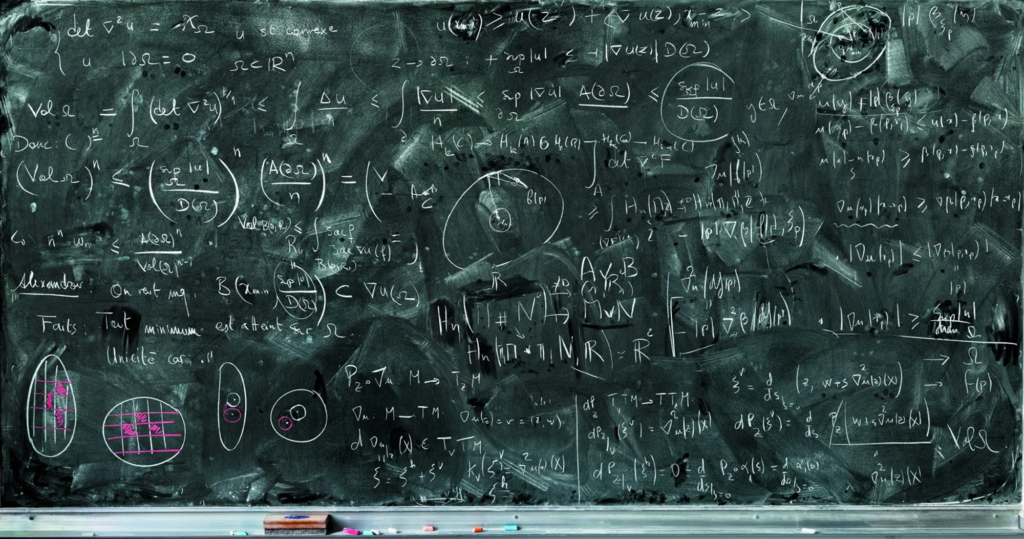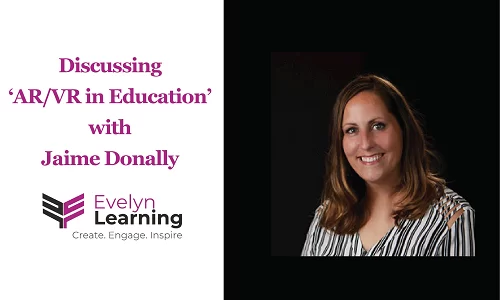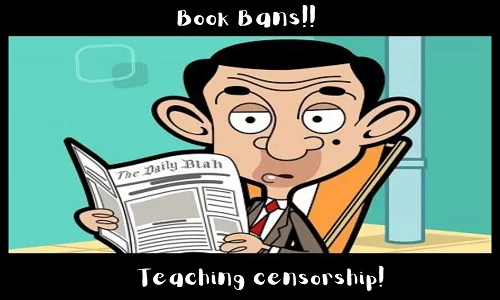Even the greatest copywriters find it difficult to generate plagiarism-free material or avoid plagiarism in academic content, with over 200 million active websites online. After all, there’s only so much one person can say about a subject before they start repeating themselves!
Many copywriters are forced to write about subjects that have previously been explored on other websites. And, no matter how hard they try, coming up with a completely new story angle isn’t always easy. Generating plagiarism-free content becomes much more challenging in sectors where reputable sources are limited to a single hand.
Plagiarism is defined as the use of another person’s words or ideas without properly attributing the creator. Plagiarism can be intentional, such as when someone steals another’s work, but it is more commonly unintentional, such as when someone forgets something. When writing an academic paper, writers build on the work of others and gather information and evidence from a variety of sources. They must properly include these sources into their text to avoid plagiarism.
We’ll give you some content writing ideas as well as plagiarism tools in this article to assist you avoid plagiarism in academic content. They’ll help you write remarkable, plagiarism-free content that attracts high-quality traffic.
The Importance of Academic Integrity
Integrity entails believing in the community’s beliefs and standards and acting in accordance with them. A person with integrity is somebody who is genuine and sincere. An individual’s personal principles and ideals reflect their character and trustworthiness as a student. Maintaining academic integrity indicators when pursuing a degree at university indicates a student’s actual academic achievements.
Students with dignity will study and complete tasks diligently in order to acquire their degrees in a fair and honest manner. When a student purposefully cheats his or her way through university, the integrity of the degree and the individual’s morals are jeopardized. This lack of trustworthiness follows a student into the workplace and might have a negative impact on their career.

Key Reasons why Academic Integrity is Important
Academic integrity is essential for a variety of reasons.
- To begin with, academic integrity implies that others can put their faith in the writer. People who do business with such a person know they can count on them to be professional. Additionally, trust is one of the most critical characteristics of a great leader. Successful people are fully aware of the benefits of acting with integrity. Our ability to trust each other is the foundation of our entire environment. As a result, it’s critical to develop strong ethical practices.
- Second, academic integrity is essential since it adds worth to one’s diploma. Employers seek graduates with a high level of personal integrity. They would rather focus on developing the human capital of someone who will have a good impact on the firm and whom they can entrust with carrying out the company’s objective.
- Finally, academic integrity is crucial because it can provide an individual with peace of mind knowing that they believe in doing the right thing and that they constantly attempt to act in accordance with those convictions. Integrity can help one live a happier, healthier, and more productive life by reducing unnecessary stress.
Key Tips to Avoid Plagiarism in Academic Content
It might be difficult to preserve the uniqueness of information when writing, especially when the topic is unfamiliar to the writer. Maintaining uniqueness in their writing is a problem for every content writer. One thing a writer should know about Google is that it despises plagiarism. So, aside from everything else, if a writer wants their work of art to stand out and trend on Google, they must first focus on keeping it original.
To avoid plagiarism in academic content and develop good plagiarism-free material that attracts high-quality visitors, we’ll list out some content writing tactics as well as plagiarism tools below.
1. Start from Scratch
That is, after all, the way to go. A writer must always begin their piece of writing with their own unique ideas. That is when they’re no longer at risk of being accused of plagiarism. You are probably thinking how to come up with something unique on a topic you’ve never heard of before.
To avoid plagiarism in academic content, a writer should always begin by researching the issue thoroughly, gathering all necessary material, studying it thoroughly, and comprehending it completely. Following this, they will be able to compose it on their own. And, if the subject is relevant to a writer’s field of competence, they can rapidly lose their reputation as a profound and brilliant writer.

2. Evaluate the Context Properly
A writer must take the time to comprehend the concepts they will be discussing in their essay while conducting the study. Also, if they’re drawing inspiration from precise published resources, they must read them numerous times to grasp the primary ideas and concepts. They’ll gain a better understanding of the context and be able to come up with a fresh structure for the article or blog post this way. When a writer has clear concepts, their piece of content will be clear as well.
Even if a writer highlights and copies passages from other articles into their draft, none of these should appear in the final product. They must try to demonstrate the concepts, try to describe everything in their own words, using synonyms and even case studies and instances.
Instead of repeating facts and data from other articles, a simple approach to avoid plagiarism in academic content and add more value to the work is to hunt for current facts and data. Academic content should always be written from the writer’s own perspective. This way, they will still have an original article even if the material reflects the same thoughts as another website.
3. Make use of Synonyms
Although Google dislikes plagiarism, one must regard it as their best friend while writing original content. It aids a writer in a variety of ways. It is also one of the finest places to look for synonyms when writing. As a result, writers should make the most of Google to identify synonyms and incorporate them into their writing in order to avoid plagiarism in academic content. In the event that another choice is required, Microsoft Word can be used.
4. Learn when to quote and how to quote effectively.
When a writer can’t paraphrase, they must use quotation marks to reproduce the exact words from the respective source. It comes in handy when they need to rewrite someone else’s precise words to give their essay more weight. Copywriters should also acknowledge the source of any data, assertions, or facts used to support their work.
Using quotes and references to shield themselves and their webpage from plagiarism charges can be very successful. Filling the content with quotation marks, on the other hand, isn’t going to improve the SEO. So, to keep both the readers and the search engines interested, a writer must strike a balance between original content and quotes. As a general rule, a writer should resist using cited information that doesn’t add value to the issue or doesn’t provide enough context for readers to comprehend what they’ve just read.
5. Employ Plagiarism Checking Software
Only a writer understands the benefits of drawing inspiration from other articles. Many people even suffer as a result of doing so. They end up writing content that is plagiarized heavily.
So, what’s the best method to deal with this issue and avoid plagiarism in academic content? Plagiarism Detection Tools and Software. When a writer has taken ideas from other papers, using a plagiarism checker is the simplest way to ensure that their material is unique. Such a tool scans the material for duplicate content using powerful algorithms that compare it to search engine results, books, journal articles, and other online sources.
When a writer examines the content for plagiarism before publishing it on the internet, they are able to post fully original content. They escape search engine penalties, as well as litigation for copyright infringement and public shame, by doing so. The ability to examine the constructs and phrases that match what the other author wrote is one of the benefits of employing a plagiarism checker. It’s useful when a writer wants to create unique material because they don’t have to rewrite the complete post and can concentrate solely on the parts.
Best Plagiarism Checking Tools to Avoid Plagiarism in Academic Content
An allegation of plagiarism can do a huge amount of damage to a writer’s reputation and academic record. Even the implication of a charge can have a negative impact on one’s grades or career, so it’s critical to provide plagiarism-free content and assignments. While the majority of problems are inadvertent, inaccurate citations and quotes might be considered plagiarism.
A Plagiarism Checker is an internet program that can detect plagiarized or identical content in a document or a section of it. These programs look for duplicates of content or documents on the internet. Many of these programs let you check the URL of a website or add material from documents.

The top three Plagiarism Checkers are listed below, along with their most popular characteristics.
1. CopyScape
CopyScape is a cloud-based tool that allows you to look for plagiarism and other forms of content theft, making it very easy to avoid plagiarism in academic content. It is straightforward to use by simply typing the URL of the original material. It is one of the finest free plagiarism checkers that enables you to scan for web page copies indefinitely.
Characteristics:
- Batch search the content.
- It lets everyone compare two pieces of content side by side.
- This plagiarism checker has a private index that allows you to check for duplicates in the text.
- Allows for case administration and tracking.
- This plagiarism checker website allows one to filter out results from sites they’re already familiar with.
- It has a user-friendly interface.
2. Grammarly
Grammarly offers both premium and free plagiarism detection, in addition to the site’s well-known proofreading features. Anyone can use Grammarly to avoid plagiarism in academic content and to proofread their paper, docx Word file, or web page for free. This program can detect plagiarism on a variety of online pages. It allows one to determine whether or not their text contains duplicate content.
Characteristics:
- This program allows everyone to search the material in batches.
- When text aligns with online content or in the database, Grammarly generates plagiarism alerts.
- It detects plagiarism by comparing the text to more than eight billion web pages.
- It includes a variety of writing styles as well as grammar, vocabulary, and syntax tips.
- The Grammarly instant report will tell a writer how many content duplication concerns there are.
- The program also calculates a document’s total originality score.
3. ProWritingAid
ProWritingAid is a multipurpose tool comes with a couple extra functions that make it ideal for any type of writing and make it very easy to avoid plagiarism in academic content. While working in popular programs, writers can use this copyright checker to scan their work. Alternatively, they can just upload a file containing their writing. However, in order to conduct a plagiarism report on a piece of writing, writers will need to purchase credits.
Characteristics:
- It assists in self-editing.
- More than 20 in-depth writing reports are available from ProWritingAid.
- It works with Word, Chrome, Google Docs, Gmail, and other programs.
- The tool is simple to operate.
- Supports a large number of file types.
- It assists in locating facts, questions, ideas, phrasing, and other aspects of the work.
- ProWritingAid allows the writers to preserve control over their words.
Parting Note
Unintended plagiarism can happen to anybody, especially if they copy words and ideas from other authors without properly citing them, or when citing them incorrectly. A writer may not notice they’re duplicating someone else’s work since they read so much before writing.
That’s why, while gathering information, it’s best to jot down the sources so the writer can recall where they received their ideas. Any uncomfortable situations can be avoided by using a plagiarism checker. It can also help one modify the draft more quickly and make it more creative by highlighting the exact structures that need to be rephrased.
This may increase the editing time, but it’s worth it in the end if writers want to provide more value to their readers and increase their search engine ranking.
Image Sources: Shutterstock and Unsplash
For more information on avoiding plagiarism in academic content, visit our blog.
Create. Engage. Inspire.















